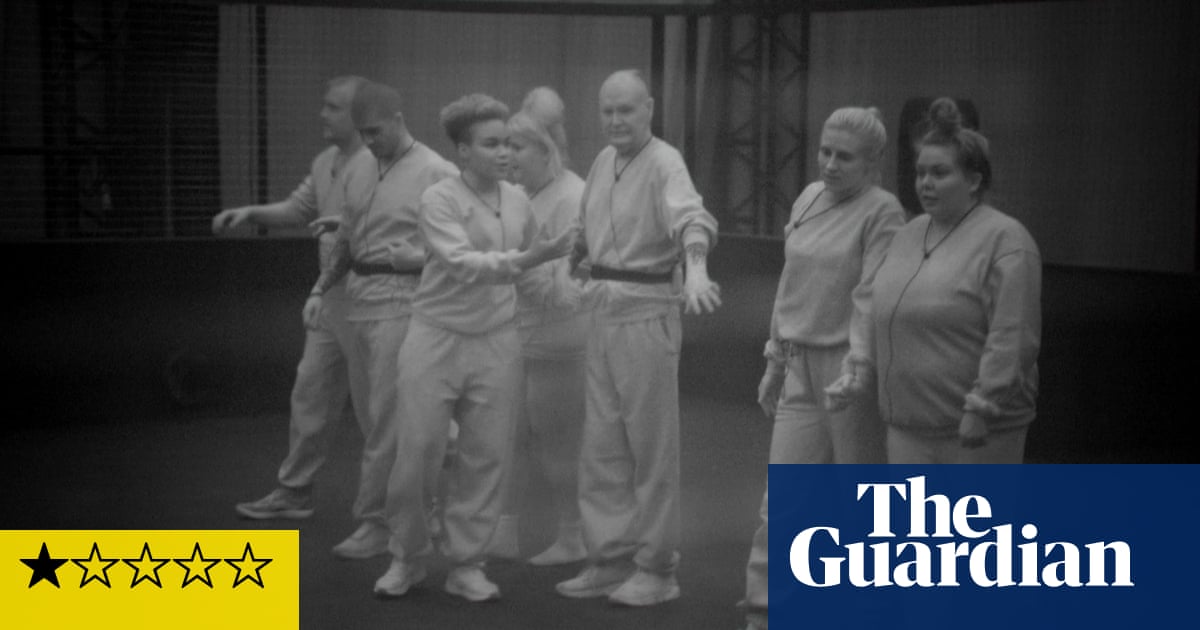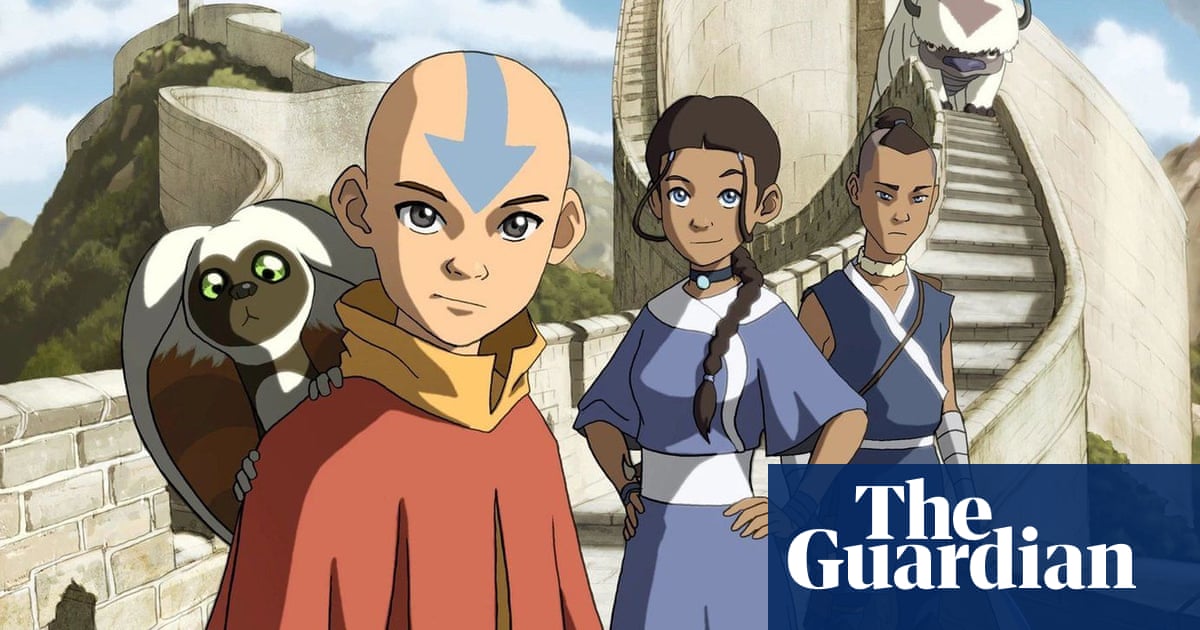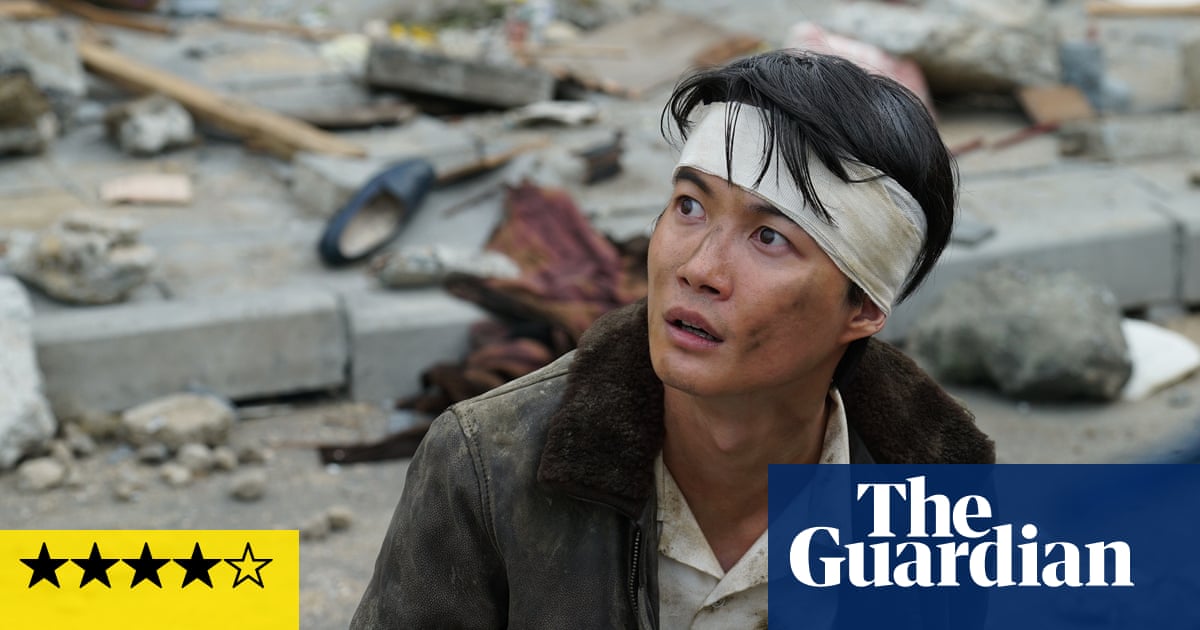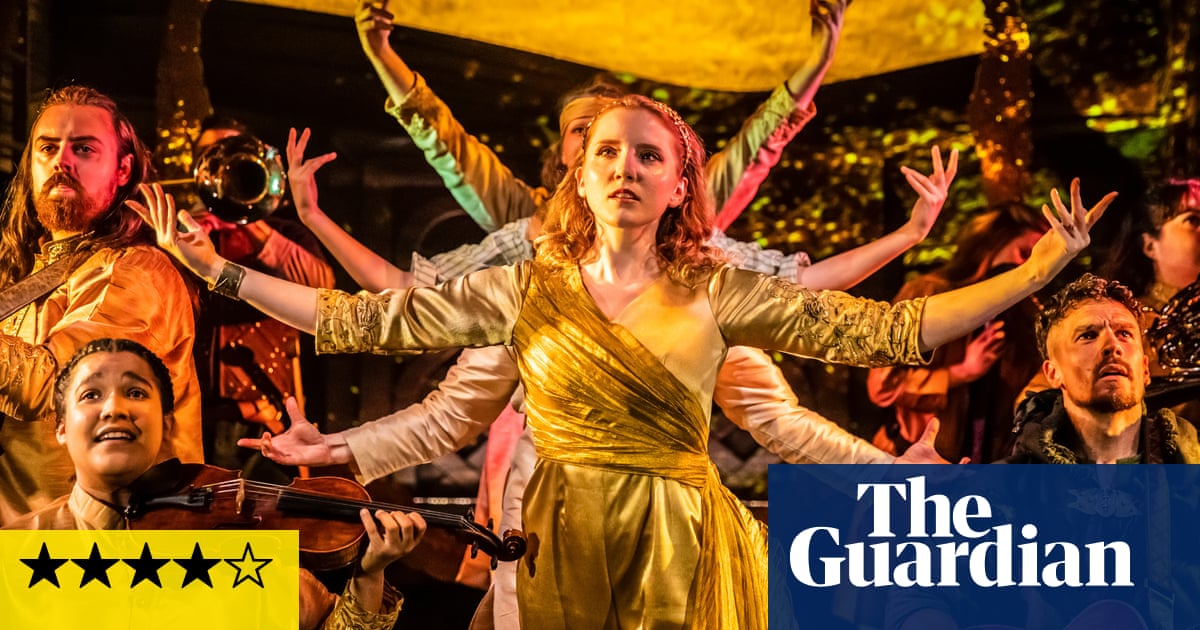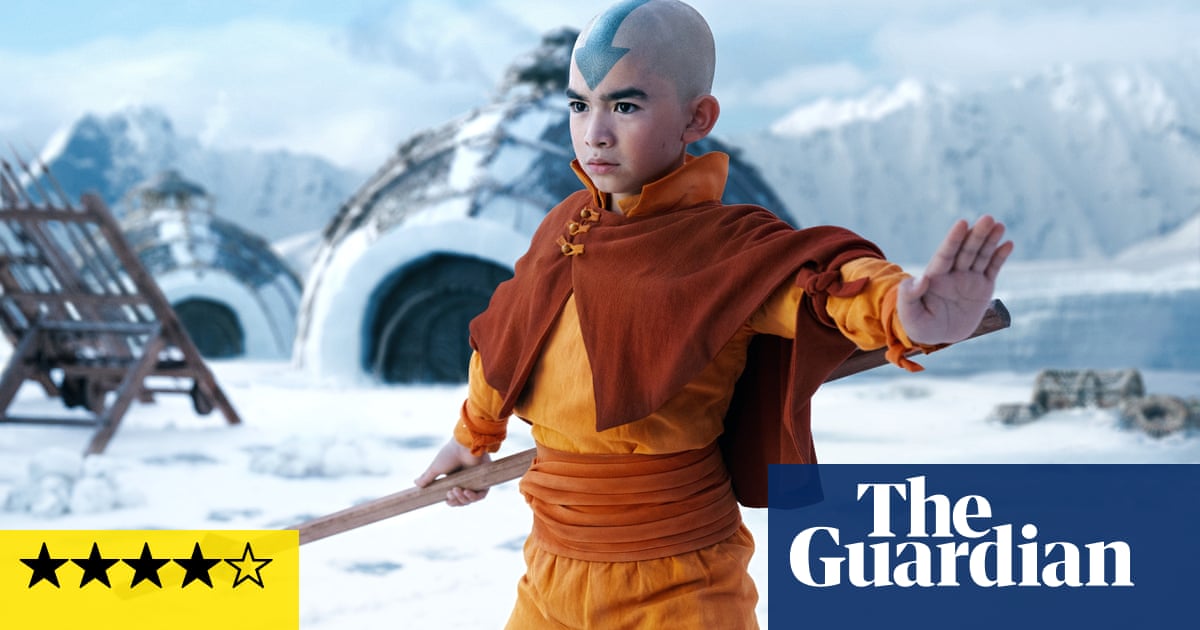
In case you’re new to the Airbender universe – Netflix’s adventure drama Avatar: The Last Airbender is a live-action remake of the popular Nickelodeon animated series of the same name, which debuted in 2005. It is linked to the 2010 M Night Shyamalan film The Last Airbender – that was also a live-action version of the cartoon – but none of the Airbender properties is anything to do with the highest-grossing movie of all time, Avatar, whose copyright lawyers nabbed the simple one-word title everyone wanted. Being forced to add a colon and a clunky subheading to its name did not stop Avatar: The Last Airbender from becoming one of the most acclaimed animated series of all time. Almost two decades on, the fanbase is still there, ready to follow the story anew.
The narrative fits the template of countless fantasy series, with a world split into kingdoms that are perpetually at war or on the brink of it, where young people wield an uncommon influence and where magical powers exist to be used or abused. Here, there are regions defined by fire, earth, water and air, with each population containing “benders” – people with the ability to bend their local element to their will and use it as a weapon. At any one time there is a single person, the Avatar, who has the potential to learn how to bend all four elements and become an omnipotent, celestial peacekeeper whose eyes turn blue when they’re about to sort a bad guy out.
Episode one introduces 12-year-old Aang (Gordon Cormier), a prodigious airbender who has just received shocking news from his elders: he is the next Avatar. Then the nefarious fire people, taking advantage of a comet that increases their powers, invade and kill all the airbenders except Aang, who suspends himself inside an iceberg for a century before emerging, teaming up with 14-year-old waterbender Katara (Kiawentiio) and her warrior older brother Sokka (Ian Ousley), and setting off on a quest to complete his training and rebuild a shattered world.
That we are not sure how people knew Aang was the Avatar, or how the thing with the comet worked, or how Aang knew he should trap himself inside an icy pod thing, is not meant to detain us. This is a familiar tale of a kid with a big future. Aang, who helpfully comes from a tribe with face markings in the form of a big arrow pointing down towards the face – so everyone can see this is the main guy, right here – would rather reject his destiny and goof off like a normal kid. “I never asked to be special!” is one of several on-the-nose lines of dialogue reinforcing the idea that this garlanded child will have to sacrifice his youth to perform his sacred duties.
Before long, however, Aang has his first run-in with Prince Zuko (Dallas Liu), a prince of the warmongering Fire Nation – who we know is a self-hating baddie because he has a facial disfigurement (such is the slightly troubling visual grammar of the fantasy genre). The burn mark across his eye says he is an exile, rejected by the king and with a nasty combination of violent urges and unresolved daddy issues. When Zuko shows that he is willing to pursue Aang across continents in the hope of capturing the new Avatar and proving himself to the folks back home, incinerating any civilians who get in his way, Aang’s eyes go blue and the arrow on his head begins glowing, as he accepts his calling and says yes: let’s Av it.
And so Aang and his companions are chased from one location to another – Katara and Sokka’s homeland looks a lot like Alaska, while the island kingdom the heroic trio visit next is unmistakably styled to resemble feudal Japan. Everywhere they go, life lessons are learned and hand-to-hand combat engaged in, with the strongly choreographed fight sequences adding an exciting rock/paper/scissors-esque twist to what would otherwise be regular martial arts battles, as benders of different elements face-off. Will fire evaporate water? Can water turn earth to mud? And will air put fire out, or will it have a sort of bellows effect that just makes everything worse?
The landscapes sparkle, there is a giant six-legged flying bison that carries everyone spectacularly from place to place through the clouds and the young cast are up to the task. Ousley and Kiawentiio strike up a nicely spiky sibling relationship as Sokka and Katara, while Cormier gives Aang the right mix of boyish cheek and inherent authority, as the three of them uphold the impression that a child and two teenagers can defeat genocidal authoritarians with wholesome pluck, gentle sarcasm and the ability to summon a hurricane. The Airbender franchise has confidently revived itself; this won’t be the last we see of it.







